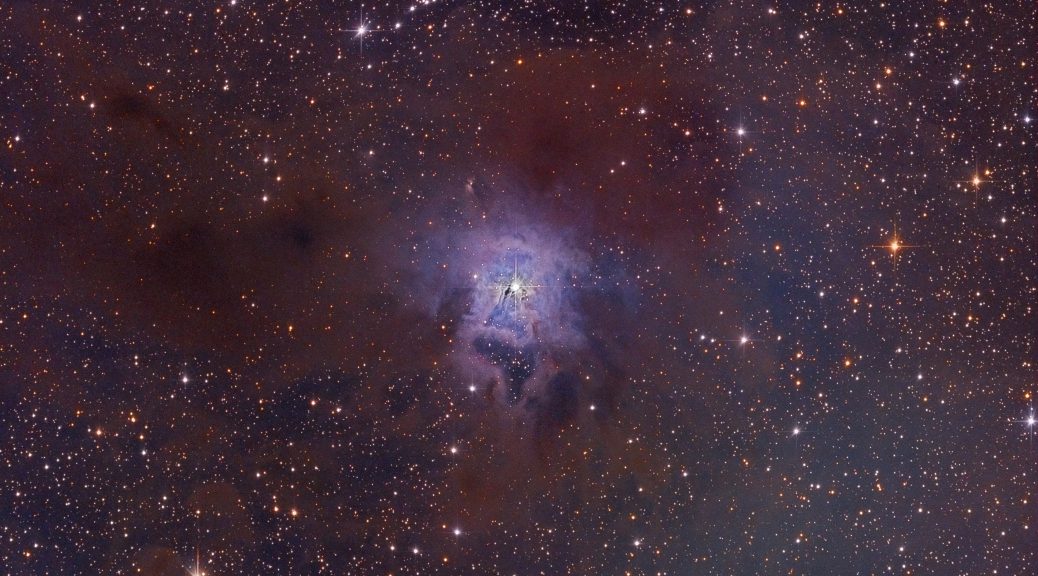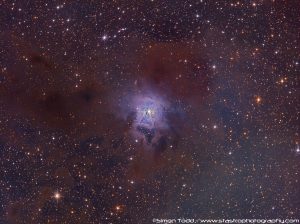I recently wrote a review on the ZWO ASI2400 24mpx full frame camera, so I thought I would also do the same for the big brother which is the ZWO ASI6200 full frame camera with a mammoth 62mpx which I picked up from 365astronomy when returning the ASI2400 after the review. Looking at both of the cameras, there is no obvious difference from the outside except for the model number, both cameras are exactly the same size and feel roughly the same weight and the build quality is identicallyu exceptional.

If we compare the specifications of the ASI6200 to the ASI2400 we can see where each camera has an advantage over the other:
| ASI2400 | ASI6200 | |
| Weight | 700g | 700g |
| Sensor | IMX410 | IMX455 |
| Sensor Size | Full Frame | Full Frame |
| Pixel Size | 5.94um | 3.76um |
| Resolution | 24mpx | 62mpx |
| Full Well Capacity at 0 Gain | 100ke | 51ke |
| Qe | >80% | 91% |
| ADC | 14-Bit | 16-Bit |
| High Gain Mode | 140 | 100 |
| Full well at High Gain Mode | 20ke | 18ke |
So as you can see from the comparison on specification there are some differences, the ASI2400 has the edge on full well capacity, however the ASI6200 has a much more smaller pixel size as well as a higher Qe which to me gives the ASI6200 the edge over the ASI2400.
Now since both cameras are the exact same field of view due to them both being full frame sensors, the question is how does this affect resolution, clearly the ASI6200 has the upper hand having significantly more pixels than the ASI2400, but how does this translate to an image?


As you can see, both cameras offer the exact same field of view, however when you zoom in on the images you start to see where the ASI6200 excels above the ASI2400 with the higher resolution

As you can clearly see from the above two images, the 6200 offers a much better resolution which will allow a much finer level of detail, however, depending on your sky conditions and focal length the ASI6200 might not be possible due to over or under sampling
You can see here, that on my SharpStar 15028HNT which has a Focal Length of 420mm the ASI2400 would lead to Under Sampling in my “OK” seeing conditions

But the ASI6200 shows in the green area:

If I increase the focal length to around 1150 the ASI6200 no longer becomes suitable and the ASI2400 is more suited to this focal length and sky conditions:


So as you can see, both the ASI2400 and ASI6200 is not a “One Size Fits All” scenario, you have to work out the best suitability depending on your conditions and equipment to be used.
From a price perspective, the ASI6200 is only slightly more expensive than the ASI2400, but both cameras offer the full frame capability and a fantastic field of view, but for me personally the ASI6200 beats the ASI2400 when using the focal length of my SharpStar 15028HNT. Just like it’s smaller version, the looks, feels, sounds and operates exactly the same way. Here is another image taken with the ASI6200 and then my Synthetic SHO version which I will be writing a tutorial on how to acomplish with Dual Band Filters.


Either way, both ZWO cameras I have tested have been of awesome quality, and I would recommend either camera if you wish to go down the full frame route, but personally my favourite is the ASI6200MC Pro, more images to come since this is now my new camera.


